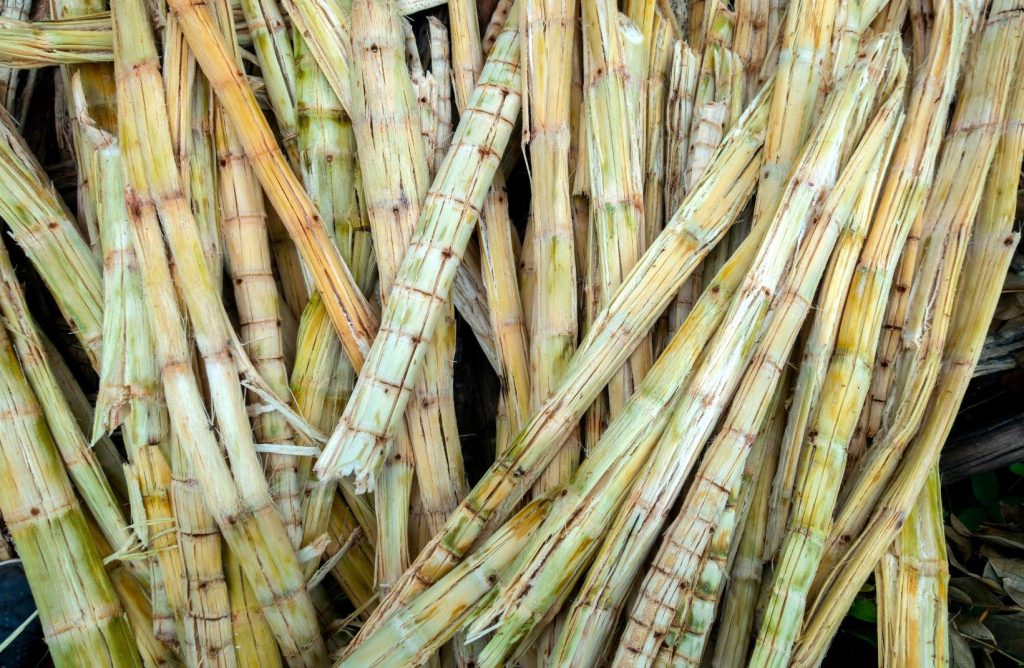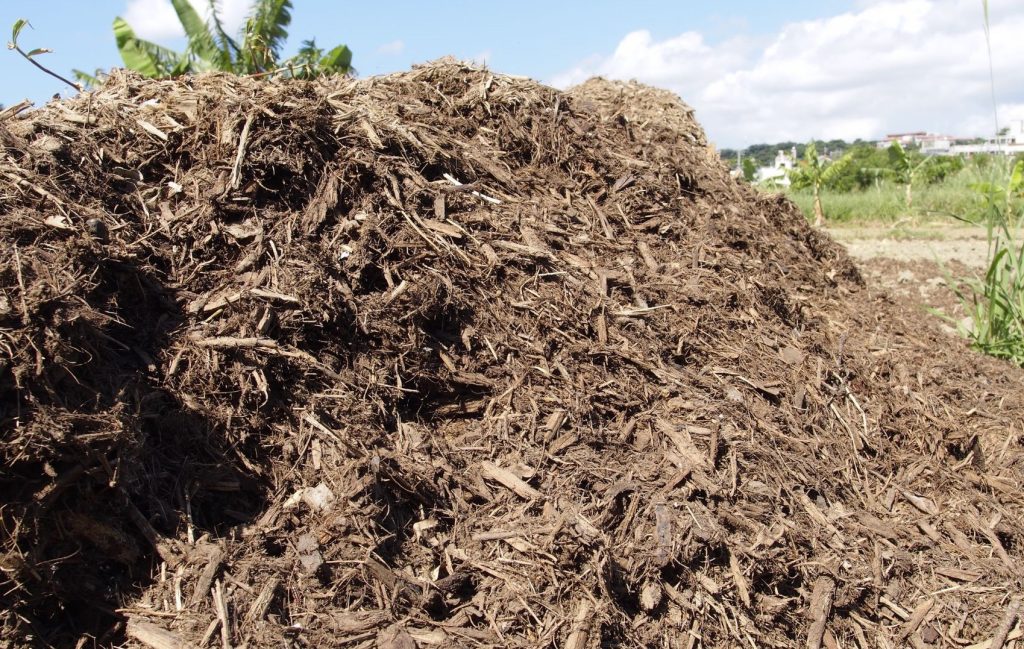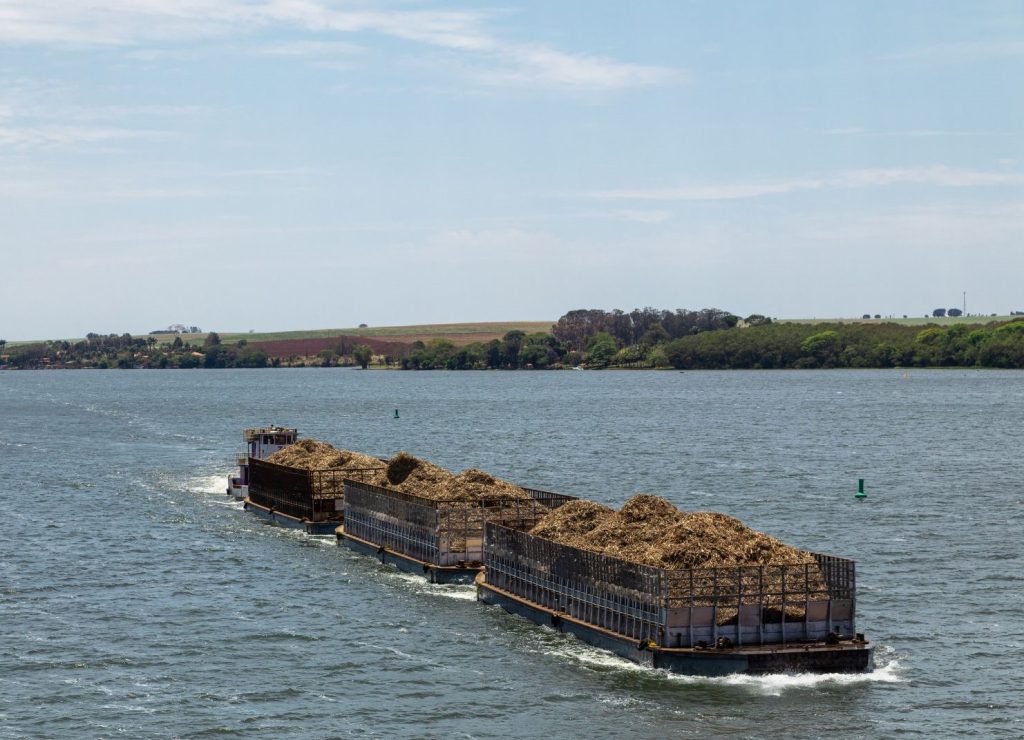Sustainable Use of Bagasse: Harnessing the Potential of Sugarcane Waste

This post is also available in:
This post is also available in:
![]() Español (Spanish)
Español (Spanish) ![]() Ελληνικά (Greek)
Ελληνικά (Greek)
According to the united nations, the world population is expected to reach 8.5 billion in 2030 and up to 9.7 billion in 2050, and 10.4 billion by 2100. With the increase in population, there is much pressure on natural resources, generating urgency for the world to transition towards sustainable practices to mitigate climate change, reduce environmental hazards, embrace circularity, and achieve carbon neutrality. Proper utilization of agricultural waste in a circular economy holds much promise as feeding the growing population is a basic need, thus a continuous supply of waste.
Bagasse uses and potential.
What is Bagasse?
Bagasse is one of the agricultural wastes that holds great potential as it can be used to make an array of biodegradable and compostable products and is well positioned as an excellent alternative to conventional paper, plastic, and foam-based products in a growing number of products, including newsprint, tissue, tableware, writing paper, and several other consumer products.
Bagasse is the dry fibrous residue left after crushing and extracting juice from sugarcane; it presents a valuable opportunity for sustainable resource management as it is a renewable resource with low carbon emissions.
This article explores the potential applications of bagasse and how they contribute to a more sustainable future.



Bagasse for Bioenergy Electricity Generation
Bagasse can be used as a renewable source of bioenergy to generate electricity and heat. This process is achieved by burning it in high-efficiency boilers through cogeneration to produce steam, which powers turbines to generate electricity for sugar mills or independent companies. This electricity is used to power their operations and even supply surplus energy to the grid. Electricity can reduce the dependence on fossil fuels and mitigate greenhouse gas emissions. By substituting fossil fuels with bagasse, the overall carbon footprint can be significantly reduced, making it an environmentally friendly solution. According to the Food and Agriculture Organization (FAO), bagasse cogeneration can mitigate 400 million tons of carbon dioxide emissions annually.
Bagasse for Bioethanol Production
Bagasse can be converted into bioethanol through sugar extraction, fermentation, and distillation processes. Bioethanol is a renewable fuel that can be used in transportation and as a cleaner alternative to conventional fossil fuels and lower carbon emissions from the transport sector. Lowering carbon emissions is an excellent step towards carbon neutrality. Bagasse fuel pellets used as a non-renewable biomass alternative would ease pressure on forests reducing indoor air pollution (IAP) as the pellets are smokeless.
Bagasse for Biogas Production
Bagasse can be used as a raw material in anaerobic digestion systems to produce biogas, a mixture of methane and carbon dioxide gases. Biogas can be used for cooking, heating, and electricity generation. Biogas allows rural communities with limited access to electricity to live off the grid, participating in activities they would not participate in because of a lack of electricity, thus generating more income. More incomes mean a secured livelihood which aligns with sustainable development goals of zero poverty and SDG 8 on decent work and economic growth. The process residue yields a substrate, a nutrient-rich organic fertilizer that can be used in agriculture.
Bagasse for Pulp and Paper Industry
Bagasse can be used as a raw material in the pulp and paper industry. Instead of cutting down trees, which can lead to deforestation and biodiversity loss, using bagasse as a source of fiber for paper production is more sustainable and environmentally friendly. Compared to trees that take years to grow, sugarcane can be grown between 6-12 months and is thus relatively renewable. Further harvesting trees causes deforestation. In addition, 1.5 tonnes of bagasse yields 1 tonne of paper, while 5 tonnes of trees yield 1 tonne. Fairtrade bagasse papers for printers and copiers are brighter, stronger, and hold the toner better. They also use less energy than tree paper.
Bagasse for Compost manure, Fertilizers, and soil amendment supplement
Bagasse can be converted into compost or used directly as mulching material in agriculture. It helps improve soil fertility, moisture retention, and overall soil health when applied. When used as a composting material, it contributes to organic waste management and reduces the burden on landfills. Bagasse can be converted into compost and used as an organic soil amendment. Its usage as a soil amendment reduces the reliance on synthetic fertilizers, which can be detrimental to the environment and human health if used in excess.
Bagasse for Animal Feed
Bagasse can be processed and used as a component in animal feed or used directly as a feedstock mixed with other fodders to make a total mix ratio(TMR), as it contains residual sugars and fibers that can be beneficial in livestock diets, particularly for ruminants. Utilizing this waste product helps reduce the demand for traditional livestock feeds such as maize silage, thus eliminating competition with human consumption. Converting waste to fodder makes it a highly cost-effective option for dairy farmers, where 70% of total production costs.
Bagasse for Building Materials
Bagasse can be used to manufacture biodegradable and sustainable building materials like boards, panels, and composites. The materials reduce the use of non-renewable resources such as trees which are usually the primary source of raw materials and decrease the environmental impact of the construction industry, thus moving towards a more carbon-neutral future.
Bagasse for Biodegradable tableware/Packaging
With increasing awareness of plastic pollution, there is a growing need for sustainable packaging alternatives. Bagasse-based products, such as plates, bowls, straws, and containers, are biodegradable alternatives to single-use plastic items or replace everyday plastic kitchenware. Items made from bagasse are suitable for cold or hot products and can be used in the microwave or freezer. Further, they are suitable for greasy dishes and are safe to serve children in, unlike glass or porcelain, which breaks when dropped, pausing imminent danger. They also have no impact on the taste or aroma of food, unlike alternative packaging with a distinct smell of its own or when put in a microwave which can affect how food tastes when eaten out of the dishes.
Bagasse for Bioplastics
Bagasse can serve as a source of raw material for bioplastic production. These bioplastics can make other things, such as sacks. Bioplastics made from bagasse are biodegradable and have a lower environmental impact than conventional plastics derived from fossil fuels.
Conclusion
Sustainable use and management of agricultural waste, such as bagasse, is crucial to building a greener and more sustainable future. We can significantly reduce greenhouse gas emissions and minimize environmental degradation by harnessing the potential of bagasse for renewable energy, biofuel production, eco-friendly products, and agricultural applications. In addition, using bagasse as a raw material in the abovementioned ways contributes to various sustainable development goals such as zero poverty, affordable and clean energy, decent work and economic empowerment, sustainable cities and communities, responsible production and consumption, and climate resilience.
Therefore, governments, industries, and individuals must collaborate to support research, investment, and policies that promote the sustainable use of bagasse and other agricultural residues to contribute to a more sustainable and resilient planet. Public awareness campaigns can also help educate people about the environmental benefits of utilizing bagasse in sustainable ways as we seek to transition to a more sustainable, resource-efficient future.
Further reading
Sustainable Use of Bagasse: Harnessing the Potential of Sugarcane Waste
Unlocking the economic potential of the Aloe vera value chain
References
- https://www.fao.org/3/s8850e/s8850E03.htm
- https://www.un.org/en/global-issues/population#:~:text=The%20world%20population%20is%20projected,and%2010.4%20billion%20by%202100
- https://bioresourcesbioprocessing.springeropen.com/articles/10.1186/s40643-021-00440-z
- Amin, M. N., Ashraf, M., Kumar, R., Khan, K., Saqib, D., Ali, S. S., & Khan, S. (2020). Role of Sugarcane Bagasse Ash in Developing Sustainable Engineered Cementitious Composites. Frontiers in Materials, 7, 504551. https://doi.org/10.3389/fmats.2020.00065
- Abdullah AL et al (2005) Azo dye removal by adsorption using waste biomass: sugarcane bagasse. Int J Eng Technol 2(1):8–13
- Adelodun AA et al (2020) Thermochemical conversion of oil palm Fiber-LDPE hybrid waste into biochar. Biofuels Bioprod Bioref 14(6):1313–1323
- Adeniyi AG, Ighalo JO, Abdulsalam A (2019) Modelling of integrated processes for the recovery of the energetic content of sugarcane bagasse. Biofuels Bioprod Bioref 13(4):1057–1067
- Ahmad E et al (2018) Integrated thermo-catalytic reforming of residual sugarcane bagasse in a laboratory-scale reactor. Fuel Process Technol 171:277–286
- Bahurudeen A et al (2015) Performance evaluation of sugarcane bagasse ash blended cement in concrete. Cem Concr Compos 59:77–88
- Cao S, Aita GM (2013) Enzymatic hydrolysis and ethanol yields of combined surfactant and dilute ammonia-treated sugarcane bagasse. Bioresour Technol 131:357–364
- Carvalho AFA et al (2018) The potential of tailoring the conditions of steam explosion to produce xylooligosaccharides from sugarcane bagasse. Bioresour Technol 250:221–229
- Chandel AK et al (2012) Sugarcane bagasse and leaves: foreseeable biomass of biofuel and bio-products. J Chem Technol Biotechnol 87(1):11–20
- de Lucas RC et al (2021) The profile secretion of Aspergillus clavatus: different pre-treatments of sugarcane bagasse distinctly induces holocellulases for the lignocellulosic biomass conversion into sugar. Renew Energy 165:748–757









































































